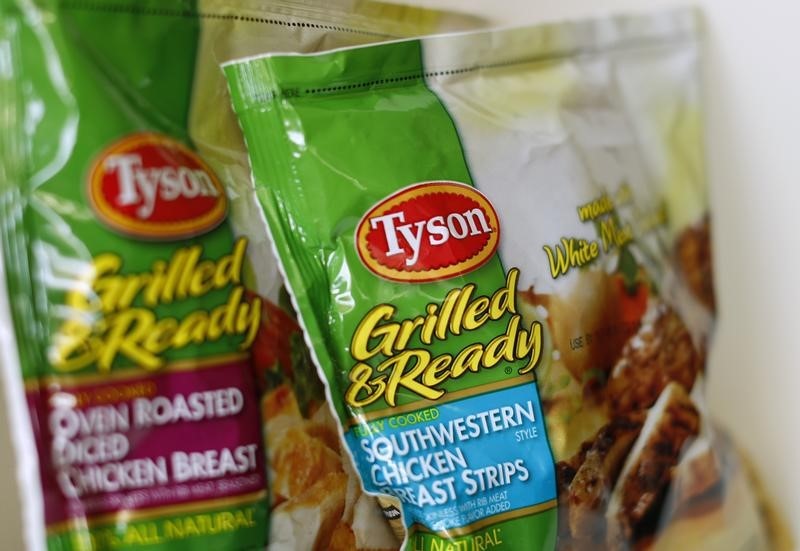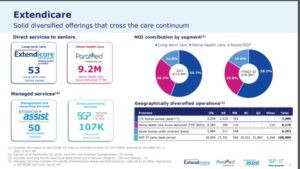The result? A surprise quarterly profit for the company, the first in its history as a publicly traded firm since 2017. Shopee, the popular e-commerce wing, made the turnaround possible. It went from a nearly $900 million cash loss a year earlier to an Ebitda of almost $200 millionin the December quarter(1).

View Full Image
Investors are still less than gung-ho about the prospects of the global technology industry, and Shopee has yet to demonstrate that it can hold its own against emerging online marketplaceslike TikTok. But at least Sea’s billionaire founder Forrest Li has read the tea leaves right.
During the pandemic, the Singapore company’s US-listed shares rose nearly 10-fold. Yet as the region’s economies gradually reopened, the world’s hottest stock dropped 90%. First, Tencent Holdings Ltd., Sea’s big-name Chinese backer, sold $3 billion of its stake. Then India banned Free Fire, Sea’s most popular mobile-game title. That’s when attention turned to the losses at Shopee.
In three years, the unit has more than tripled the merchandise it handles in a quarter to $18 billion. It has also started to take in about 12% of those transactions as revenue, compared with 5% in late 2019. So far, so good. The problem was that to buttress its topline, Shopee spent $840 million on sales and marketing in the last quarter of 2021, leading to a cash loss of around the same magnitude. This had to go.
Tencent-supportedSea (the Chinese behemoth still owns 18.6%) and Alibaba Group Holding Ltd.-backed Lazada are Southeast Asia’s e-commerce leaders. Their task, at least for this year, is to defend that moat against ambitious forays by social media firms like TikTok, which is giving sellers a platform to entertain Indonesian audiences before selling them stuff.
The Southeast Asian online retail market has grown rapidly, but that doesn’t mean it has fallen into a fixedpattern. While e-commerce’s share of salessurged to 20%in 2021, from 5%in 2016, “right now, transactions are concentrated in apparel and low-value electronics, and most of the activity is happening in consumer-to-consumer marketplaces such as Shopee and Lazada,”says McKinsey & Co. “The Southeast Asian e-commerce market is heavily reliant on Chinese imports.”
Shopee needs to prepare for a future in which demand mightbe much more diverse across product categoriesand supplierscould tapsources outside China.But that is tomorrow’s battle. With threeUS bankscollapsingin quick succession and a storied Europeaninstitution —Credit Suisse Group AG — on liquidity support from the Swisscentral bank, recession fears are looming. The immediatechallenge for fast-growing firmsis to show that they can survive an extended funding drought.
In that respect, the region’s biggest startups lookfairly secure.Sea has enough liquidity to sustain the company’s average quarterly operating cashflow needs for 21 quarters, reckons Bloomberg Intelligence analyst Nathan Naidu. He estimates GrabHoldings Ltd., the Singapore-based ride-hailing and delivery firm, to begood for 17 quarters. EvenIndonesia’s GoTo,formed through a merger of ride-hailing appGojek and e-commerce firm Tokopedia, has managed to shore up its liquidityposition by vigorously cutting costs. “GoTo’s cash pile might last 10-12 quarters,” Naidu wrote after the company announced a narrower Ebitda loss this week. His previous estimate was five quarters.
Why didn’t startupshit the brakes earlier? The simple answer: Theydidn’t need to. Take a firm like Sea, which has three business units: Shopee, thee-commerce powerhouse; Garena, the gaming unit behind tiles such asFree Fire; and SeaMoney, a digital financial services wing.
Covid-19 boosted demand, both for mobilegames and impulse purchases byoffice goers stuck at home. Amidunprecedented fiscal and monetary easing, Sea had no problem pullingalmost $6 billion in September 2021, the biggest ever equity offering by a Southeast Asian company. Investors were goading Sea to pursuegrowth, which is what it did. Until it learned better than to chase ever-higher gross merchandise value at the expense of underlying profitability.
Grab has taken home the same lesson. Jaya Grocer, theMalaysian supermarket chain it bought last year, is helping turnaround the economics of its delivery business.A year ago, the divisionwas spending 18% of gross merchandise value on commissions. Now that number is down to 12%.
An emphasis on profitability doesn’t mean saying goodbye toexpansion. Sea and Grab have recently launchedSingapore’s two new, fully fledged, virtual commercial banks, for which they won the licenses during the pandemic. Entwining commerce with deposit-funded consumer finance can propel the next round of growth, provided the companies can steadytheir own cashflowsfirst. Faced with a dramatically altered funding environment, the young Southeast Asian startupshave recentlydemonstrated both the ability andthe resolve to behave like mature firms.
Andy Mukherjee is a Bloomberg Opinion columnist covering industrial companies and financial services in Asia. Previously, he worked for Reuters, the Straits Times and Bloomberg News.
Download The Mint News App to get Daily Market Updates.
More
Less












![Sports Illustrated’s future in flux after layoffs [Updated] Sports Illustrated’s future in flux after layoffs [Updated]](https://i.kinja-img.com/image/upload/c_fill,h_675,pg_1,q_80,w_1200/529d10db807c00279661bf9831fc02a4.jpg)


